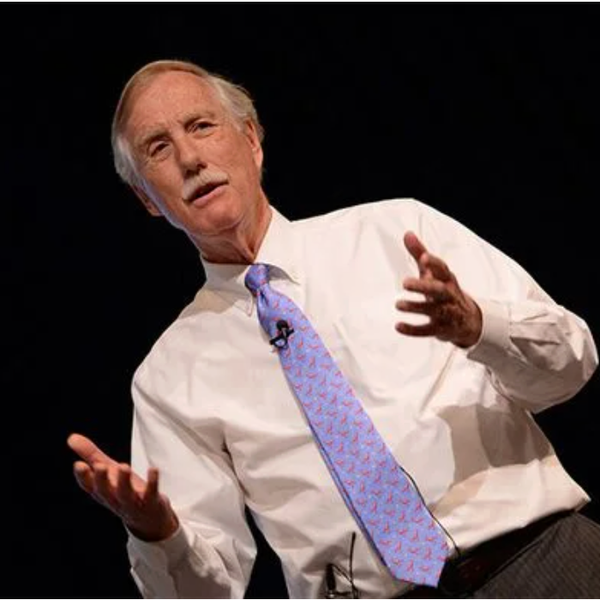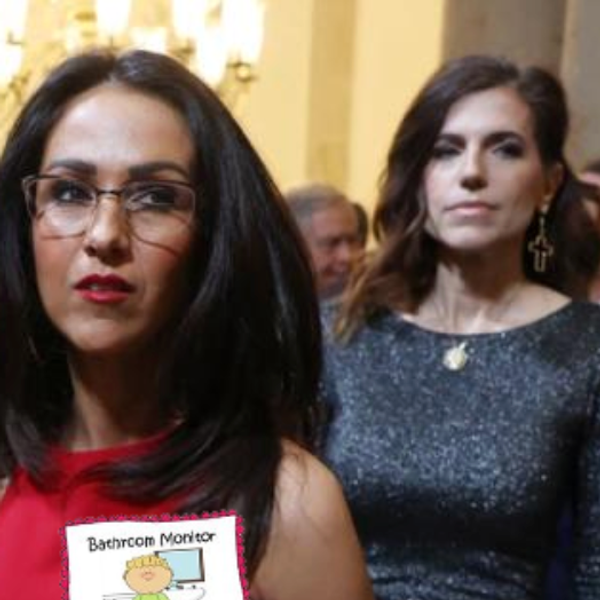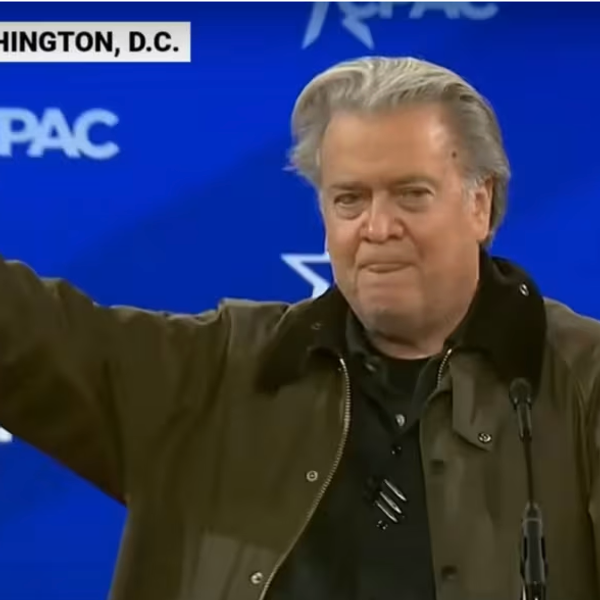
Aug. 20 (Bloomberg) — The selection of Paul Ryan to be the Republican vice-presidential candidate has galvanized both parties’ bases. The Wisconsin congressman is Velcro for his side and Teflon for Democrats.
That enthusiasm is critical in an election that will be awash in cash from the well-heeled campaigns and the outside groups unleashed by court and political decisions. Voters in Columbus, Ohio, or Orlando, Florida, will be carpet-bombed with television commercials. The volume of ads will be overwhelming – – it’ll be like underlining every paragraph in a book — and many are likely to tune out.
Another aspect of this U.S. presidential election is a closely divided electorate with a smaller-than-usual bloc of uncommitted or persuadable voters, maybe in the high single digits.
That suggests both sides will place a premium on turnout. That’s what has been known as the ground game, old-fashioned shoe leather to identify and enlist supporters, except this time it’s lubricated by cutting-edge technology: social media, databases, micro-targeting and micro-listening.
Michael Whouley, the storied Democratic ground-game guru, and Curt Anderson, who helped mastermind President George W. Bush’s successful voter mobilization in 2004, say getting voters to the polls will be even more critical this time.
President Barack Obama’s forces have started with an advantage: an extensive infrastructure built on the foundation of the 2008 effort. They say they’ve been further aided by the selection of Ryan, the House Budget Committee chairman, whose policies are anathema to most core Democratic constituencies.
Republicans counter that Ryan energizes their base to turn out heavily in November. In addition, outside groups, funded by fat cats such as the Koch brothers, are also working to turn out conservatives.
Contrasting the demographic vote in linchpin states in 2008, when Obama was victorious, and those where Republicans triumphed in the 2010 congressional elections, underscores the importance of turnout. The figures are from the national exit polls.
In the last presidential race, 18 percent of the turnout consisted of voters ages 18 to 29 who went for Obama by better than two to one. Senior citizens — 65 and older — were a slightly smaller bloc and backed the Republican candidate, Senator John McCain of Arizona. By contrast, in 2010, the senior vote dwarfed the youth vote in Ohio, Florida, Iowa, Pennsylvania and Colorado, among other states.
The Obama campaign’s biggest challenge probably will be to come close to the 2008 result with the youth vote. The environment is tougher — Obama captured the imagination of many young voters last time and that will be hard to replicate with an economy that is now punishing that age group.
The campaign says its efforts this time are more extensive and sophisticated — targeting 16 million potential first-time young voters.
“We’re making far more use of social media,” says Buffy Wicks, the Obama campaign’s national director of Operation Vote. “Last time, we sent out only a handful of tweets; now this is a major vehicle to communicate with voters, especially young voters.”
Another question is whether Democrats can muster the same intensity among the president’s most loyal constituencies, African-Americans and Latinos.
Four years ago, Obama carried Florida by less than 240,000 votes of 8.4 million cast; he got 96 percent of the votes of African-Americans, who represent 13 percent of the state’s electorate, and won handily among Latinos, one out of seven Florida voters.
In 2010, turnout among both blacks and Latinos was 2 percentage points lower than in 2008. If all else stays the same and minority turnout is like 2010, Obama loses Florida.
Most Democrats are optimistic that black voters will turn out to re-elect Obama. They are more worried about a drop-off among Hispanics.
The flipside for Republicans is the white evangelical vote, about a quarter of the electorate in 2008 and one-third two years later. In Virginia, white evangelicals accounted for 28 percent of the vote in 2008 and went 4 to 1 for McCain. In the gubernatorial race a year later they were 34 percent of the electorate. That would have virtually wiped out the Democrats’ 235,000-vote victory margin in the state in 2008.
Republicans are focusing heavily on this core constituency. The Faith and Freedom Coalition, run by Ralph Reed with the backing of wealthy conservative donors, is budgeting $10 million to turn out religious conservatives.
Reed, a legendary political operative in the evangelical community, says they expect to reach 18 million religious social conservatives, about a quarter of them Catholics. Via the Internet, e-mail and mobile phones, Faith and Freedom plans to make 121 million contacts with these overwhelmingly Republican voters.
With $1 billion of television advertising saturating major markets in battleground states, Reed thinks there will be a return of sorts “to how elections used to be determined. You got lists of voters and turned out your vote.”
Richard Nixon said the way to win the presidency was to mobilize the base, or the true believers, in the primary. Then rush to the center, where most voters are, in the general election. This election may be more about which side better mobilizes those true believers.
(Albert R. Hunt is Washington editor at Bloomberg News. The opinions expressed are his own.)








